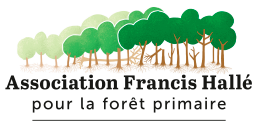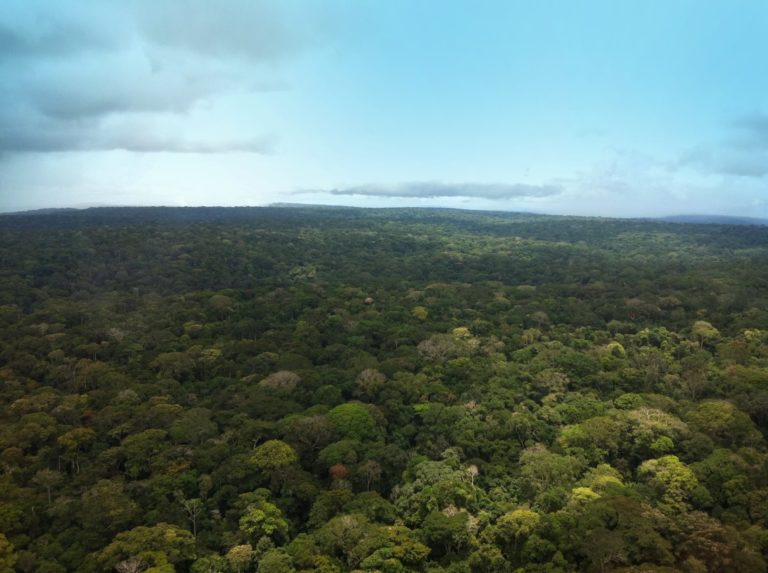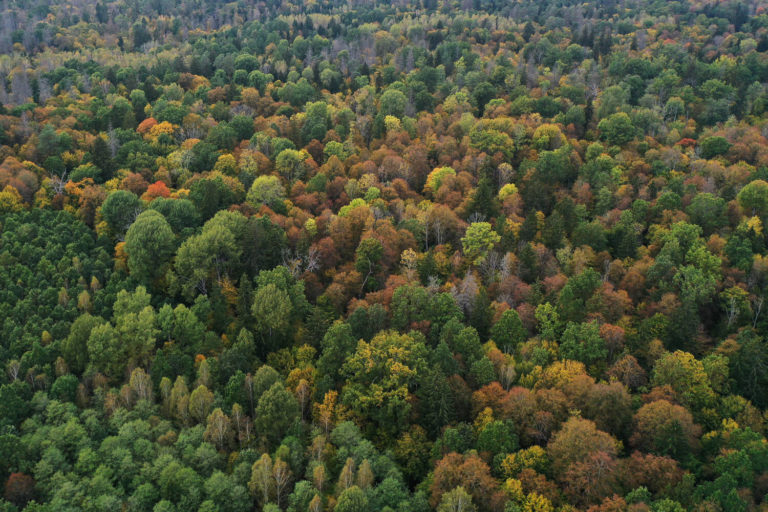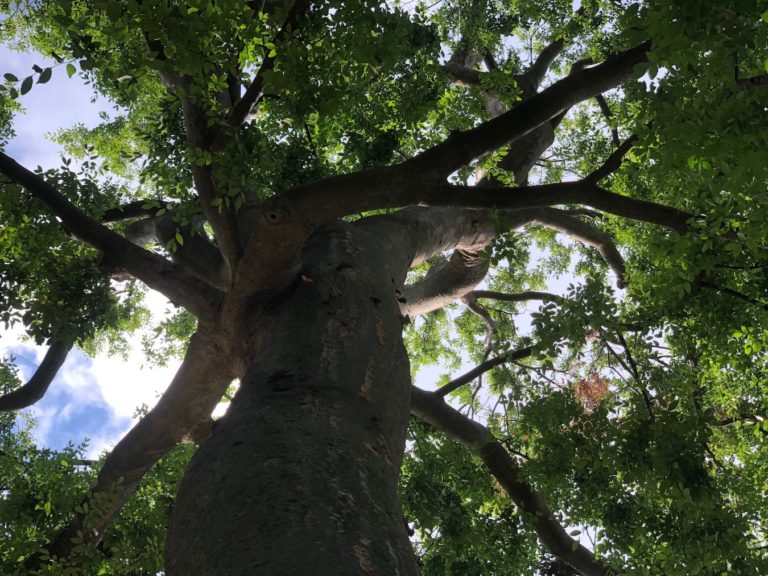At the initiative of botanist Francis Hallé, world-renowned for his work on primeval (also called primary, as opposed to secondary, regrown) forests, our association is working to enable the rebirth of a primeval forest in Western Europe. In concrete terms, this means protecting a vast area of European dimensions and surface area – around 70,000 hectares – in which an existing forest will evolve autonomously, renewing and developing its flora and fauna without any human intervention, over a period of several centuries.
We believe that a gradual co-evolution between a very large preserved forest and an inhabited territory is not only possible, but necessary: the many benefits brought by a forest freely unfolding its own dynamics, over a very long time and until it becomes primary again, will radiate throughout the territory, improving the health, well-being and activities of a pioneering eco-forestry region in Europe.
Our proposal is for a truly participatory, experimental research-action program on the large-scale responses that forests can provide to the climate and biodiversity emergencies posed by the ecological crisis.
Because trees are vital to us
Trees, with their flora and fauna, are vital to us. We come from them, having originated in the summits of the African equatorial canopy. The environment that they enliven – plants, animals, living beings of all kinds, free and wild forests – is necessary to the existence of mankind. It produces the oxygen that we breathe.
There is an urgent need to restore vast spaces of lively, diverse and free nature.
What is a primeval forest?
A primeval forest is one that has not been cleared, exploited or modified in any way by man. It is an ecosystem that has completed the various cycles of its genesis. It is a jewel of nature, a veritable summit of biodiversity and aesthetics.
When it comes to ecology, a primeval forest is one that is at its peak in every respect. It’s as good as it gets. It’s the maximum capture and storage of atmospheric CO2 in trunks that have become enormous, the maximum soil fertility, the maximum supply of groundwater with pure water, the maximum forest resilience… And most importantly: the maximum biodiversity.
A primeval forest is much more beautiful and richer in life forms than a secondary forest (which has grown back after degradation), which is degraded and impoverished. In Western Europe, these « managed » forests have gradually replaced primeval forests, weakening themselves and de facto weakening all the systems that depended on them.
A degraded forest can regain its primeval character provided its natural dynamics are allowed to recover over a long period of time: around 800 years.
That’s a long time for humans, but it’s only a few generations of trees that succeed one another, replacing and balancing each other.
The current pace of our lives is often frenetic, but planning a project over such a long period of time is not beyond the reach of human beings: the cathedrals that dot Europe offer a very concrete example, many of them requiring the intervention of no fewer than 15 generations of craftsmen.
Today, we are already committing future generations, but often blindly and for the worse: the meaning of this human transmission is more relevant than ever. Why not dare to set the conditions for a more enviable future for those who come after us?
Everywhere, forests have been destroyed
The world’s last remaining primeval forests are located in the Amazon, the Congo Basin and Indonesia. They are all in alarming decline. By 1850, nearly all of the ones in Europe had disappeared: the beautiful Białowieża primeval forest in Poland is the only one that remains today. Sadly, it too is in grave danger.
We have to act now!
Restoring a primeval forest means...
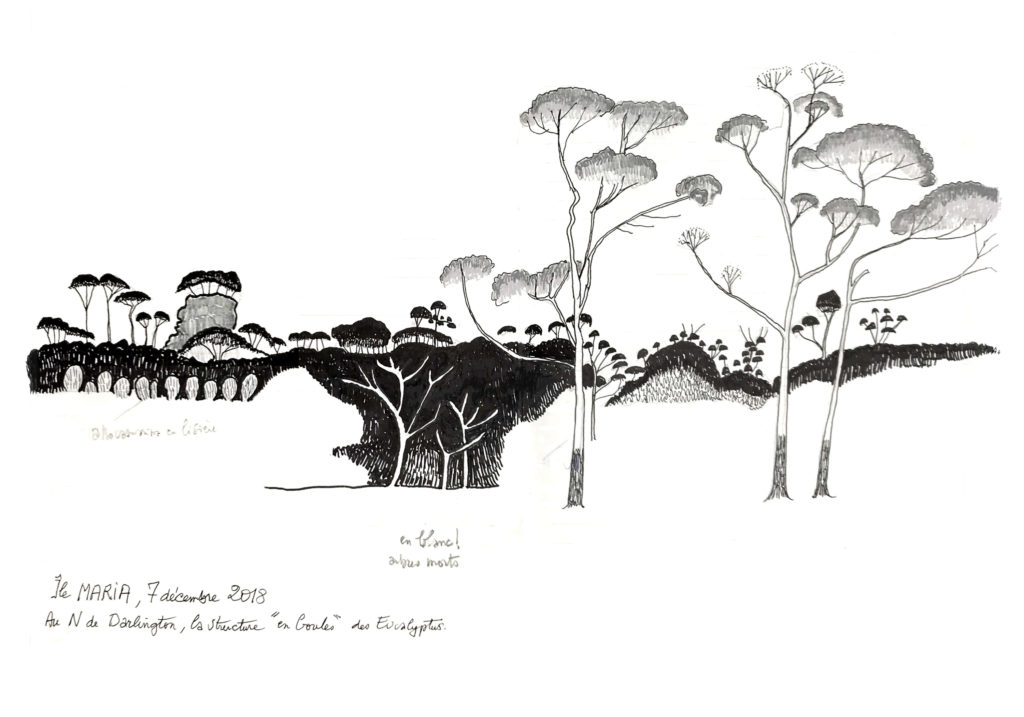
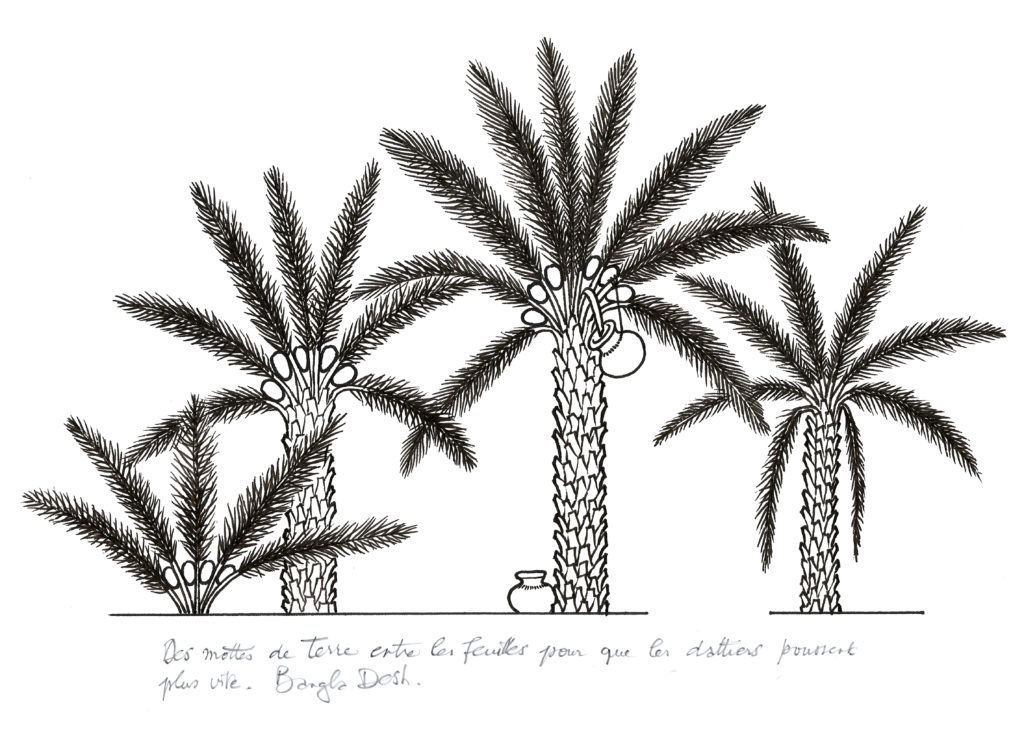
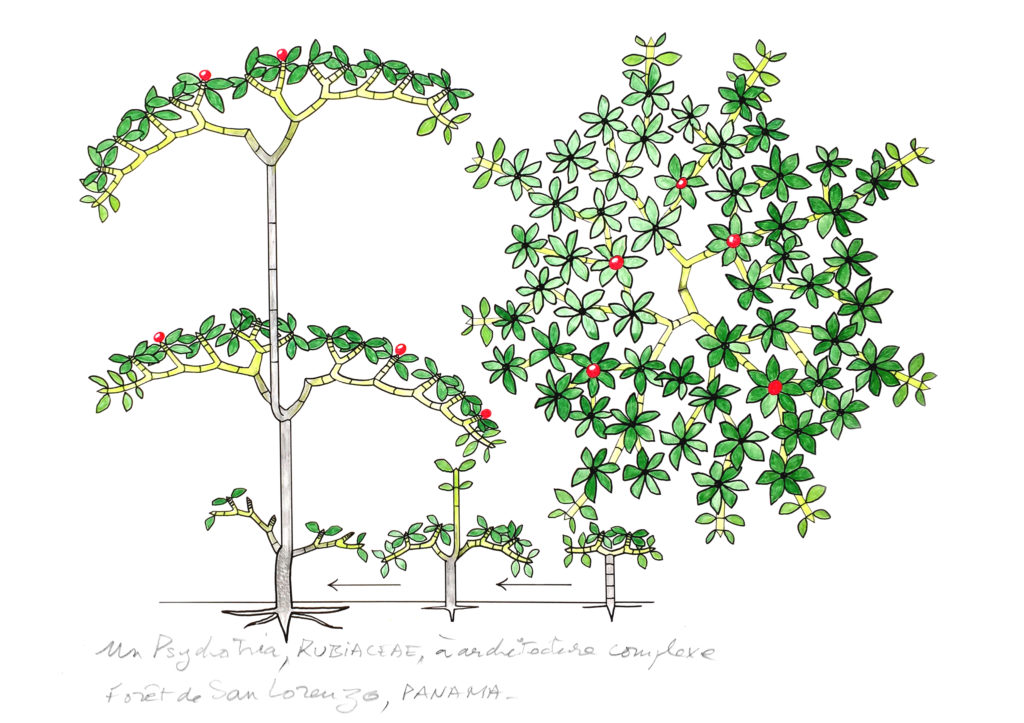
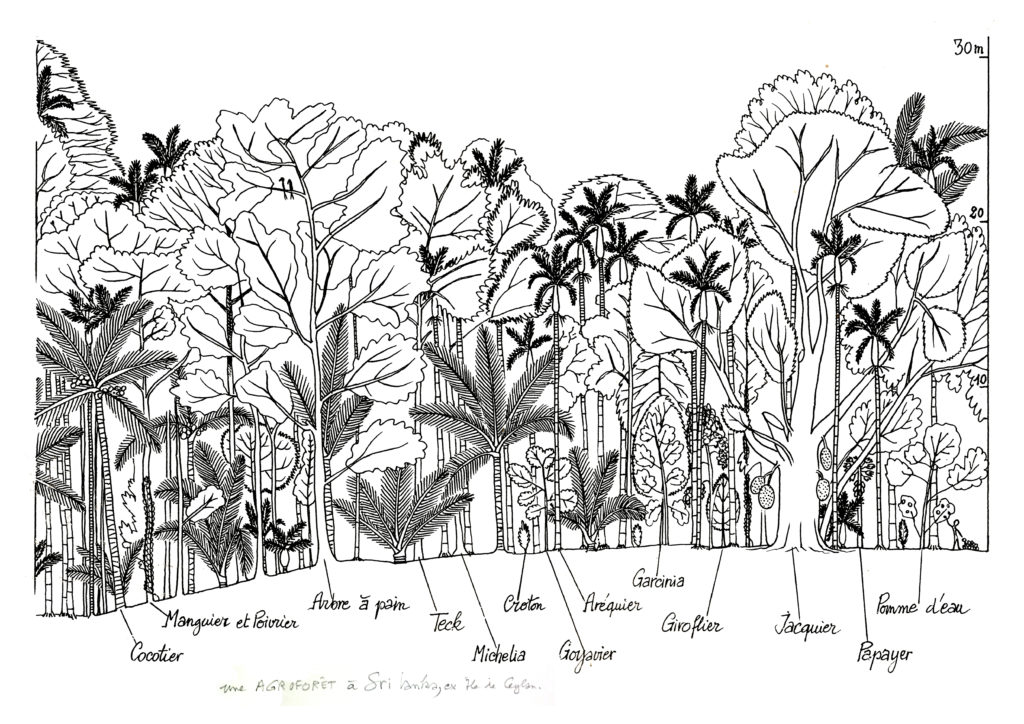
Fighting climate change
Forests are a key response to global warming thanks to the decarbonation capacities inherent to a tree’s lifecycle on the one hand and the storage of carbon in the soil on the other.
Restoring a vast repository of biodiversity
Forests guarantee the regeneration of a repository of biodiversity, through the presence not only of small and large mammals, but also insects, fungi, cavity-nesting animal species and a tremendous variety of plant species.
Protecting human life
Forests contribute to the protection of human life against pandemics through the maintenance and development of ecosystems that are sufficiently vast and varied to guarantee a good balance for all living things.
Ensuring the abundance and quality of water resources
Forests contribute to climate regulation, rainfall, and the storage and filtering of water resources.
Developing research
Plant and animal biology, botany, pharmacology… In addition to assessments and monitoring developments, there is so much to discover in natural environments that have been left undisturbed by humans. Facilities and observatories in this revived forest will enable scientists to observe, analyze and evaluate processes (flux towers, etc.) and generate knowledge.
Promoting territorial development, citizenship, the arts…
We envision educational and explorational activities for the general public taking place in this natural space, including teaching virtuous practices with regard to soils, natural spaces, fauna and flora. The goal would also be to promote a limited and (very) regulated kind of wildlife tourism.
A center for conferences and exhibitions about nature and wild forests in particular may also be opened.
... building a GREAT European ecoforest region
A project to revive a primeval forest in a given area can provide new solutions to current economic problems, such as the difficulties facing the timber industry in a globalized economy.
Our proposal could contribute to the rebuilding of high-quality forestry in a buffer zone around the protected area, drawing on significant local knowledge, but also maintaining local activities in the area and encouraging sustainable agricultural activities (agroforestry, in particular), booming nature tourism, a pole at the cutting edge of scientific research, and appropriately integrating productive sectors and their own dynamics.
The project offers an opportunity for economic development based on the requirements of the ecological transition.
Two territories are currently being considered by the association as research areas for the development of the project: the Franco-Belgian Ardennes and the region combining the French Vosges du Nord and the German Rhineland-Palatinate. These two areas combine three essential criteria:
- a cross-border character, as the project is fundamentally European in its scale, trans-generational character and scope;
- a strong forestry tradition and identity, with ancient massifs rooted in the culture of the local inhabitants, in low-lying areas where temperate hardwoods grow naturally, threatened everywhere by the replacement of species considered more « productive »;
- mostly public forests, as the project does not aim to purchase land, but to protect forests already in the public domain: it is already recognized as being in the public interest and is fully in line with this objective.
Naturally, the socio-economic context of the two regions studied is central to the project, helping to give it its final shape: this is the challenge of co-construction with the inhabitants concerned, scientists, institutions, associations…
The Francis Hallé association for the primeval forest also proposes to innovate here: the final result is not given in advance. Far from parachuting in a ready-made project, the project is based on dialogue and co-construction. It gives time and resources to a wide-ranging process of local, regional, national and European consultation, without which nothing is possible.
Exploration is a key word in our approach, and lies at the heart of everything we do.
The project in action today: raising awareness, listening, experimenting
At the present time, our project has a number of objectives:
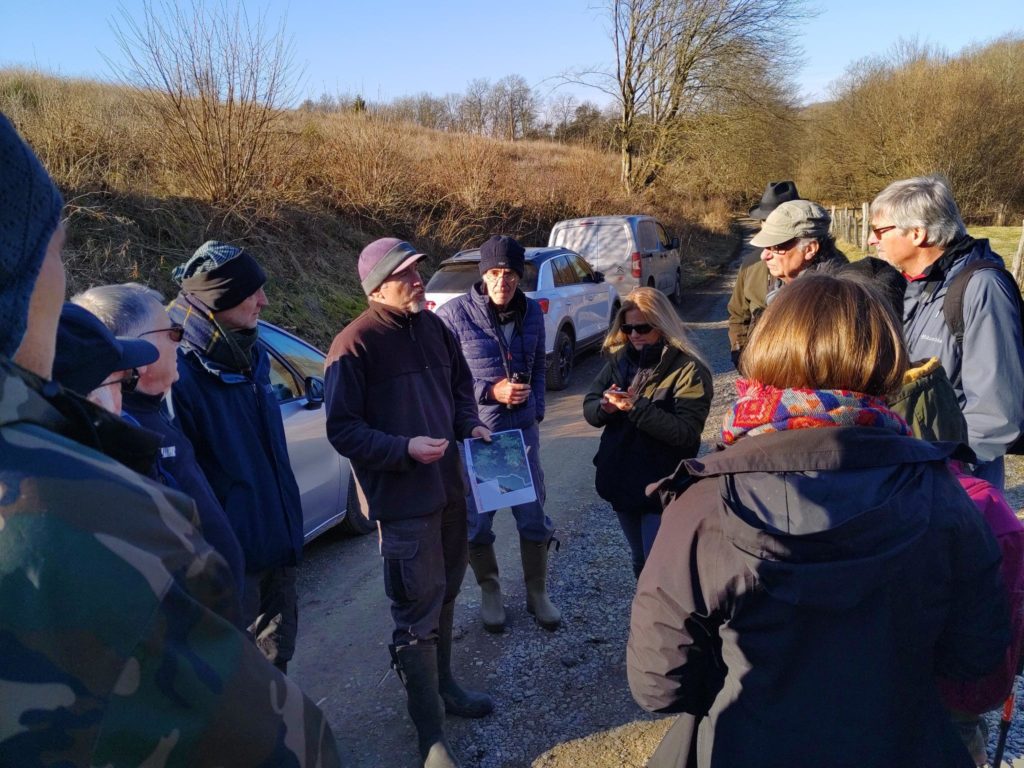
- raise awareness of the importance of natural and ancient forests among all generations; write a new story about the relationship between forests and human societies;
- to gain a better understanding, through listening, discussion and debate, of the relationship between the inhabitants of the areas concerned and today’s forests, in order to encourage exchanges and coherent lines of force, by experimenting with new forms of dialogue;
- to produce, as an association, research on the various issues raised by such a project: geographical, social, land-use planning, development of activities, public policies for support and compensation, etc.
More than exciting challenges: they're essential
The project for the rebirth of a primeval forest in Western Europe lies at the very heart of today’s burning issues: increasingly sensitive ecological changes, contradictory injunctions between exploiting forests and preserving the environment, conflicts of use in forests and the status of trees and forests at the heart of debates…
As an association, rather than a public institution, we are unique in that we are presenting an approach to collectively build a possible, concrete response to these issues.
Each and every one of us, at our own level, can make an indirect contribution by contributing to a better understanding of the importance of natural forests, in free evolution, around us, and by joining the more than 4000 members of the association, to support our great project.
We need your help !
This very long-term, multi-secular project is totally innovative in the very challenges posed by its duration and aims to pass on to future generations a natural heritage that is a source of life, knowledge and culture. It is an act and a message of solidarity for the future generations who will benefit from it.
Restoring a primary forest in Western Europe is not only possible: it is necessary. It’s just a matter of will.
We are working to create the necessary conditions (scientific, technical, legal, tenure conditions) for the development and establishment of a network of large intact natural landscapes within the framework of a European project.
Main photo: Aerial view of the Białowieża forest in early autumn. © Arnaud Hiltzer
Scrolling : © Bernard Boisson, © Pierre Chatagnon, Unsplash CC
